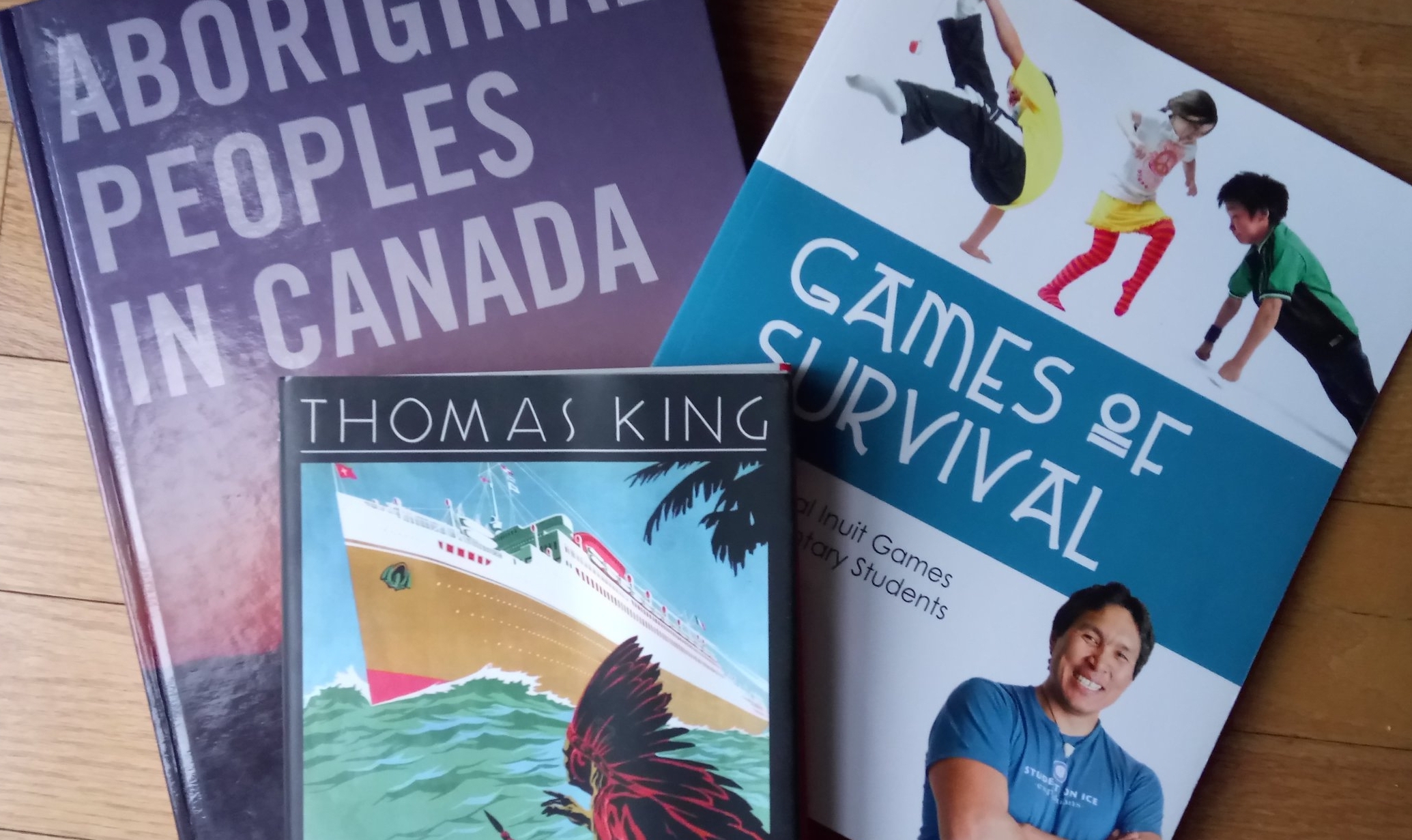Don't forget to sign up for the Listen & Learn newsletter and never miss a post!
This is part three in a series on land acknowledgement in schools. Previous posts in this series include: How Can I Make the Land Acknowledgement Meaningful?, and Deepening Our Relationship with the Land Acknowledgement.
In this post, I want to share a concept that Kai Butterfield, who is studying Peace and Conflict Studies at the University of Waterloo, introduced me to: land acknowledgement as an invitation to inquiry.
On Friday February 11, 2018, Kai gave a land acknowledgement to open an event about the Black Experience Project - a research study focused on the lived experiences of the Black community in the Greater Toronto Area. What struck me about this acknowledgement was that Kai wove historically accurate and specific information about the land where the gathering was being held, along with questions to inspire further thinking by the audience. These questions were grounded in the particular identities of the attendees, namely Black Canadians living on Turtle Island.
In her acknowledgement, Kai asks several questions, beginning with:
As we engage in dialogue today about what it means to be Black in Canada, it is also our responsibility to ask - what does it mean to be a Black Canadian who steps beyond this land acknowledgement and stands in solidarity with Indigenous communities?
Kai goes on to ask: "Is it enough to work for recognition and equity within the structures of settler colonialism if they
were founded on the dispossession of Indigenous land? What does it mean for our narratives of survival -
if each story speaks to the deep resilience of Black Canadians, but erases the elimination of Indigenous
people that has allowed for our settlement? And finally, what does it mean for our hearts - if we know what
it is to face death at the hands of a colonial state, but leave Indigenous death unchallenged in our works?"
This acknowledgement is a powerful demonstration and example of groups coming together around shared identities - identities that have also been marginalized and the target of violence, while at the same time sorting through what it all means within the context of living on stolne and occupied Indigenous land. Kai's words in particular are a reminder to me about the solidarity work that many Black people are engaged in and/or moving towards.
What struck me about Kai's approach is it's a true reflection of where many of us are at with this work: framing our questions, inviting others to sit with them, and allowing our thinking to inform our present and future work.
This acknowledgement also reminds us that we each have different relationships to the land that we live on, depending on our ancestry, and where we sit in relationship to the struggles for justice occurring on this land. In this way, the land acknowledgement Kai gave connects closely to the one offered by Michael White. Both Michael and Kai see the acknowledgement as more than a listing of whose territory we are on, but rather using the moment to identity themselves and their relationship to the land.
Connections to Schools
Watching Kai give her land acknowledgement got me thinking: what if, rather than a rote repetition of the land acknowledgement each morning, a student was invited to share a question they had about their own identify, Indigenous communities, Indigenous-Canadian relationships, Reconciliation etc? On a rotating basis, that could be the focus of the school each week or each month.
What other ways can you take the learnings from this land acknowledgement into your classroom and school community?
View Kai's full land acknowledgement here.
